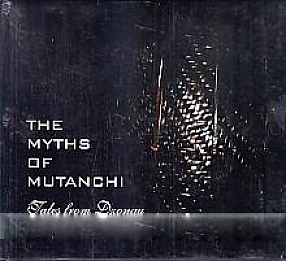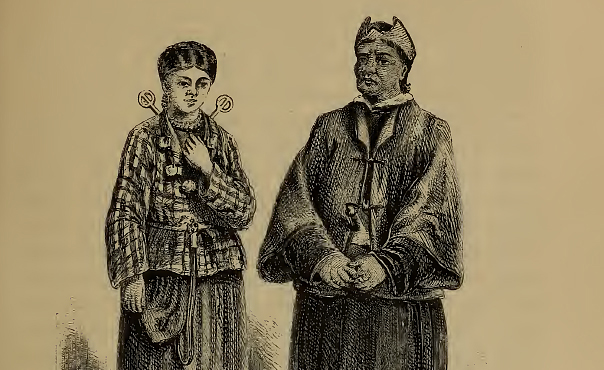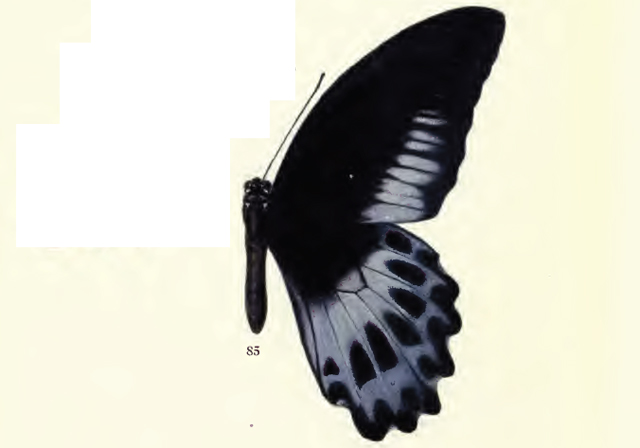A young Lepcha has turned his fascination for the natural world into a career as a nature writer and photographer. He feels that documenting the environment will be the best way for him to express his love for nature and to pass along his appreciation to future generations. The commitment of Sonam Wangchuk Lepcha, who is now 27, to nature and to the folklore of the Lepcha people were described last week by an article in the Indian magazine TNT – The Northeast Today.

Born and raised in the village of Noom-Panang in the Upper Dzongu reserve of Sikkim, he “finds himself mostly lost in the ecstatic beauty of nature,” in the words of the journalist. He has published two books expressing his love of nature and since he also cherishes the culture of his society, he has written a book about that as well.
His first book, Dzongu Nye Mayallyang Sikkim, published in 2011, was a volume of photos focusing on the natural beauty of the Dzongu. It also included short stories about his native village. His second book from 2015, The Myths of Mutanchi: Tales from Dzongu, retold folk stories from different areas of their reserve.

His most recent work, The Book on Dzongu Butterflies North Sikkim, provides information about the different species of butterflies that live in that area. To judge by the information provided by the magazine article, Mr. Lepcha has become especially fond of butterflies. He told TNT that the Dzongu “is truly blessed with beautiful species of butterflies known as Thamblyok in Lepcha.” He added that “Sikkim is indeed a paradise for butterfly enthusiasts.”
Sonam began taking a really serious interest in butterflies only in 2016 when he enjoyed a trip to Namprickdang, a flat area in the Dzongu at the junction of the Teesta River and a major tributary, the Rangyoung Kyoung. It is near the bridge over the Teesta that provides road access to much of the reserve. He was enchanted by the butterflies he saw at Namprickdang but saddened by the fact that he was unable to identify them. So he decided to photograph and document them himself.

Later, he visited another butterfly spot near the Dzongu called Blyokvoo; the name, in Lepcha, means the place for butterflies. This further whetted his growing interest in the cultural meanings of butterflies for his society. He told TNT that one important way to protect butterflies was to outlaw catching them, which did happen in the past, and to protect their habitats. With their habitats secured, awareness of them should be developed through guided tours for potential nature lovers. But it is particularly important to protect the special butterfly habitats, he argued.
The literature supports what Sonam told TNT. A recent journal article describing a study of butterfly diversity in Sikkim by Acharya and Vijayan (2015) pointed out that the Eastern Himalayan range, and Sikkim in particular, is considered to be a globally significant biodiversity hotspot. The famous English botanist and explorer Joseph Dalton Hooker, who traveled through Sikkim in the late 1840s, made observations in his published book Himalayan Journals, or, Notes of a Naturalist (1854) similar to those made by Sonam.

Hooker rhapsodized (p.152) about the butterflies in the Dzongu: “But by far the most striking feature consisted in the amazing quantity of superb butterflies, large tropical swallow-tails, black, with scarlet or yellow eyes on their wings. They were seen everywhere, sailing majestically through the still hot air, or fluttering from one scorching rock to another, and especially loving to settle on the damp sand of the river-edge; where they sat by thousands, with erect wings, balancing themselves with a rocking motion, as their heavy sails inclined them to one side or the other; resembling a crowded fleet of yachts on a calm day. Such an entomological display cannot be surpassed.”
Much more recently, Sharma (2013) provided a brief, though effective, overview of the relationship of the Lepcha to their natural environment, including their knowledge of birds and butterflies. She wrote that their appreciation for their environment has played an important role in their ability to survive in the mountains. For the Lepchas “possess a deep knowledge of the flora and fauna found in the forests and have a local name for almost every plant found in the area,” she wrote (p.146).
But Sharma did describe how, since the Lepchas no longer depend on the forests the way they used to, they are gradually losing their knowledge of nature, a loss that she described as “perhaps irreversible (p.148).” Sonam Wangchuk Lepcha, young as he is, apparently disagrees and is trying to reverse that trend.